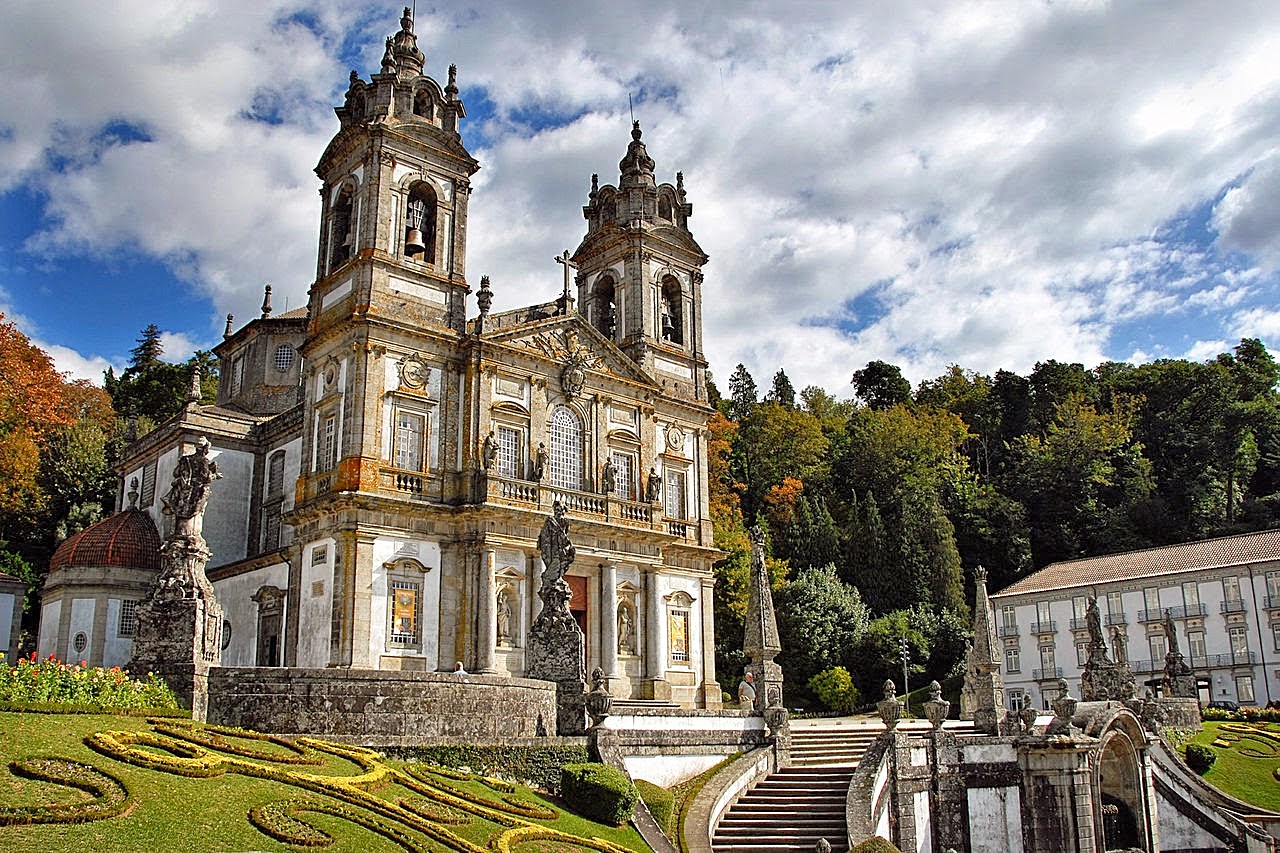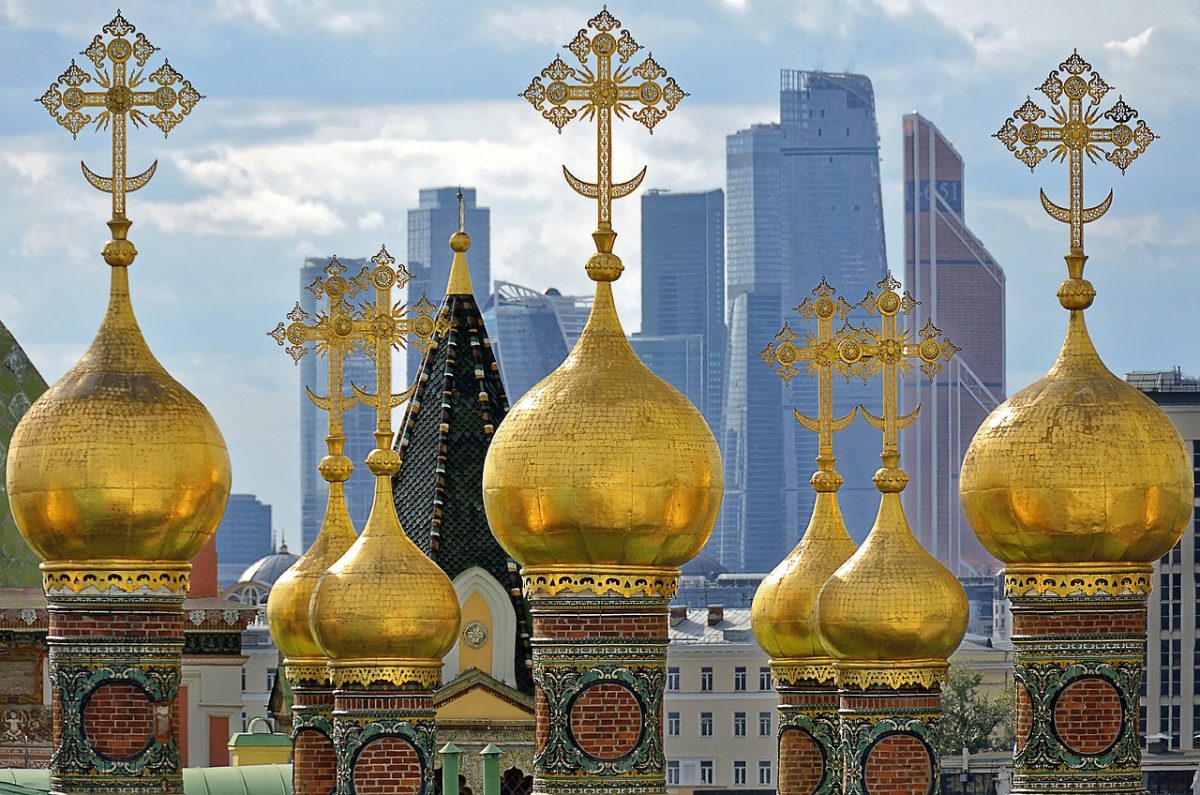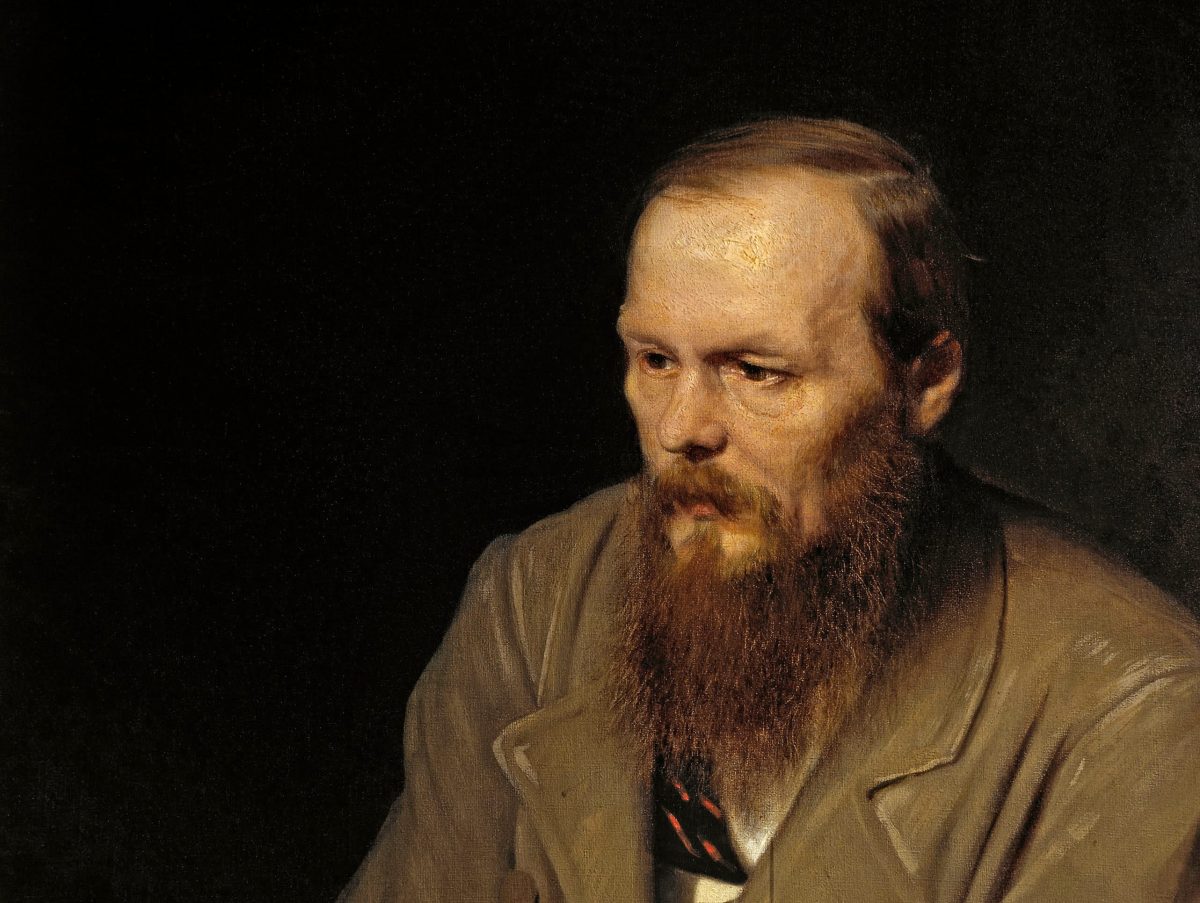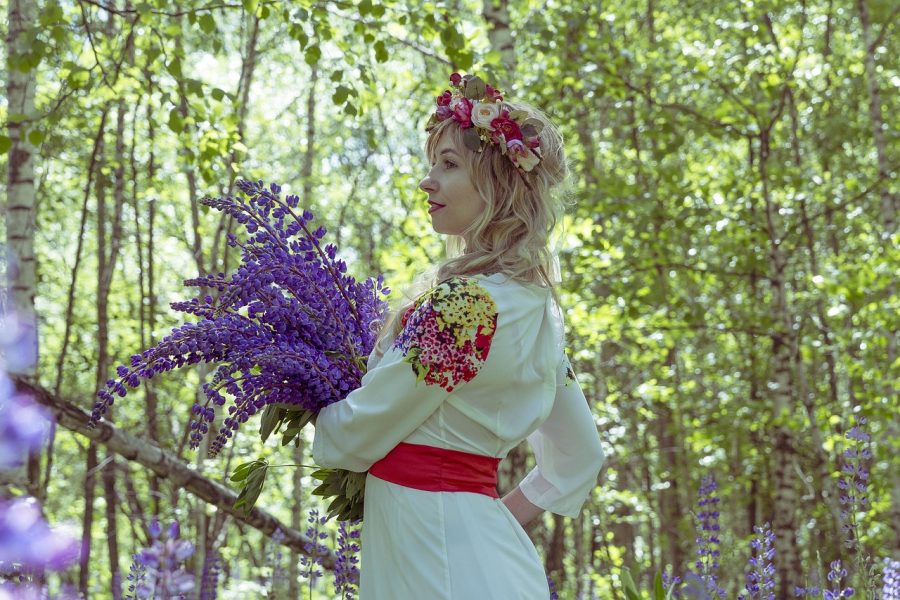Portugal’s third-largest city is an elegant town laced with ancient narrow lanes closed to vehicles, strewn with plazas and a splendid array of baroque churches. The constant chiming of bells is a reminder of Braga’s age-old devotion to the spiritual world. Its religious festivals – particularly the elaborately staged Semana Santa (Holy Week) – are famous throughout Portugal. But don’t come expecting piety alone: Braga’s upscale old centre is packed with lively cafes and trim boutiques, some excellent restaurants and low-key bars catering to students from the Universidade do Minho. In fact, it’s such a young city that in 2012 it was pronounced the European Youth Capital.
Braga is situated in the heart of the fertile Minho province in north-western Portugal, surrounded by a gently rolling landscape of mountains and forests. One of Portugal’s main religious centres, the city is renowned for its baroque churches, splendid 18th century houses and beautiful parks and gardens. The old city is solemn and antique, although industry and commerce have brought a modern way of life, complemented by local universities, contemporary restaurants and lively bars. On Thursday mornings, Braga hosts the largest market in the region, with stalls selling everything from fresh produce to traditional ceramics. If you are fortunate to be staying for longer, there are plenty more things to do in Braga to keep you entertained. Eating and drinking play a major role in day-to-day life in the city and there are a multitude of restaurants to be discovered, each showcasing some of the best Minho gastronomy.
Built more than 2,000 years ago, “Bracara Augusta” was, as the name indicates, founded by Augustus; it was located on one of the main Roman roads in the Iberian Peninsula, since it was the administrative seat of the Empire, and later given the status of capital of the Roman province of Gallaecia, present-day Galicia, by Emperor Caracalla. The Braga Diocese is the oldest in Portugal and, in the Middle Ages, the city even competed with Santiago de Compostela in power and importance. One of the Camiños de Santiago passed through here, when this pilgrimage cult grew with the Christian reconquest and the foundation of Portugal. Discover the best places to visit in Braga!
1. Bom Jesus do Monte Sanctuary
The imposing Bom Jesus do Monte (Good Jesus of the Mount) sits just outside the city of Braga, Portugal. Perched high on a hillside in Tenoes, some 381 feet above the ground, it is accessed by funicular, car or on foot via a magnificent 116-metre stairway. There has been a building on the site for centuries, dating back at least as far as 1373, when a chapel was erected in dedication to the Holy Cross. It was rebuilt twice during the 15th and 16th centuries, and again during the 17th century, in 1629, when a pilgrimage church and six chapels were built, dedicated to Bom Jesus (Good Jesus). The building of the present sanctuary began during the 18th century, erected to a neoclassical design by the renowned architect Carlos Amarante, under the order of Rodrigo de Moura Telles, then Archbishop of Braga, whose coat of arms is located above the gateway.
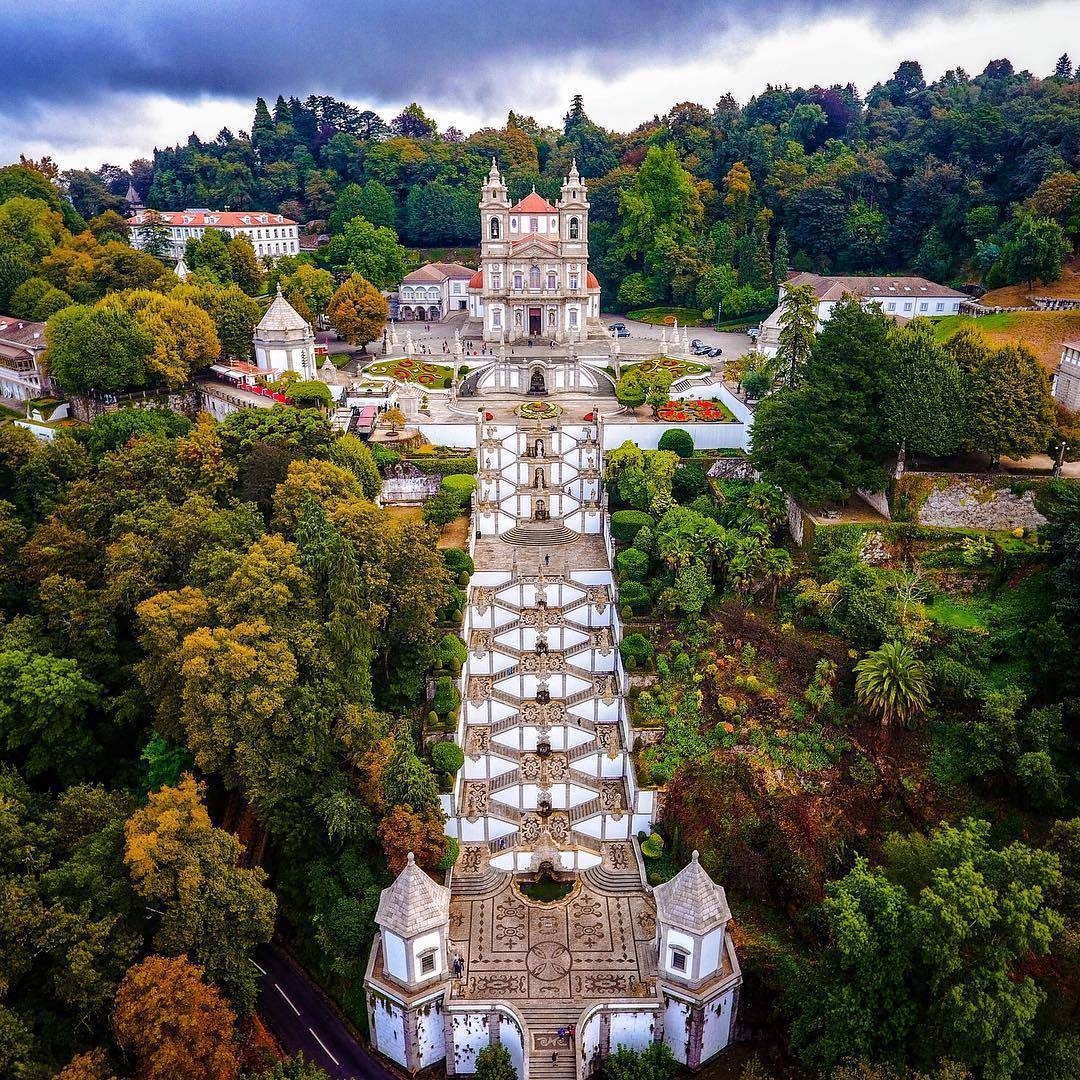
The Sanctuary is an important site for pilgrimage, with pilgrims walking the sacred way, the “stations of the cross” for contemplation and penance since 1811. These days, it is also a hugely popular tourist attraction in the area, offering tranquillity, beautiful architecture and sweeping views out across the city of Braga and to the beaches of Viana do Castelo and Esposende. The Sacred Way is a series of Baroque staircases laid out in a zigzag shape, working its way up the several hundred metres to the top of the hill. It is dedicated to the five senses (sight, smell, sound, touch, taste), each of which is represented by a different fountain, along with a further fountain dedicated to the wounds of Christ and three more dedicated to the virtues.
2. Nossa Senhora do Sameiro Sanctuary
Just south of Bom Jesus do Monte is another hilltop sanctuary, set even higher at 566 metres above sea level. And even though it’s still one of Portugal’s most frequented pilgrimage sites, it feels relatively quiet compared to its neighbour to the north. The church up here is rather new, dating to the 1860s, but has an important Marian shrine that receives lots of devotees on Sundays between June 1 and August 31. For everyone else it’s all about the view. There’s an immense terrace in front where you’ll want to meditate over the Cávado countryside and Braga in the distance to the northwest. You’ll need as long as you can get if you hiked up the hill!
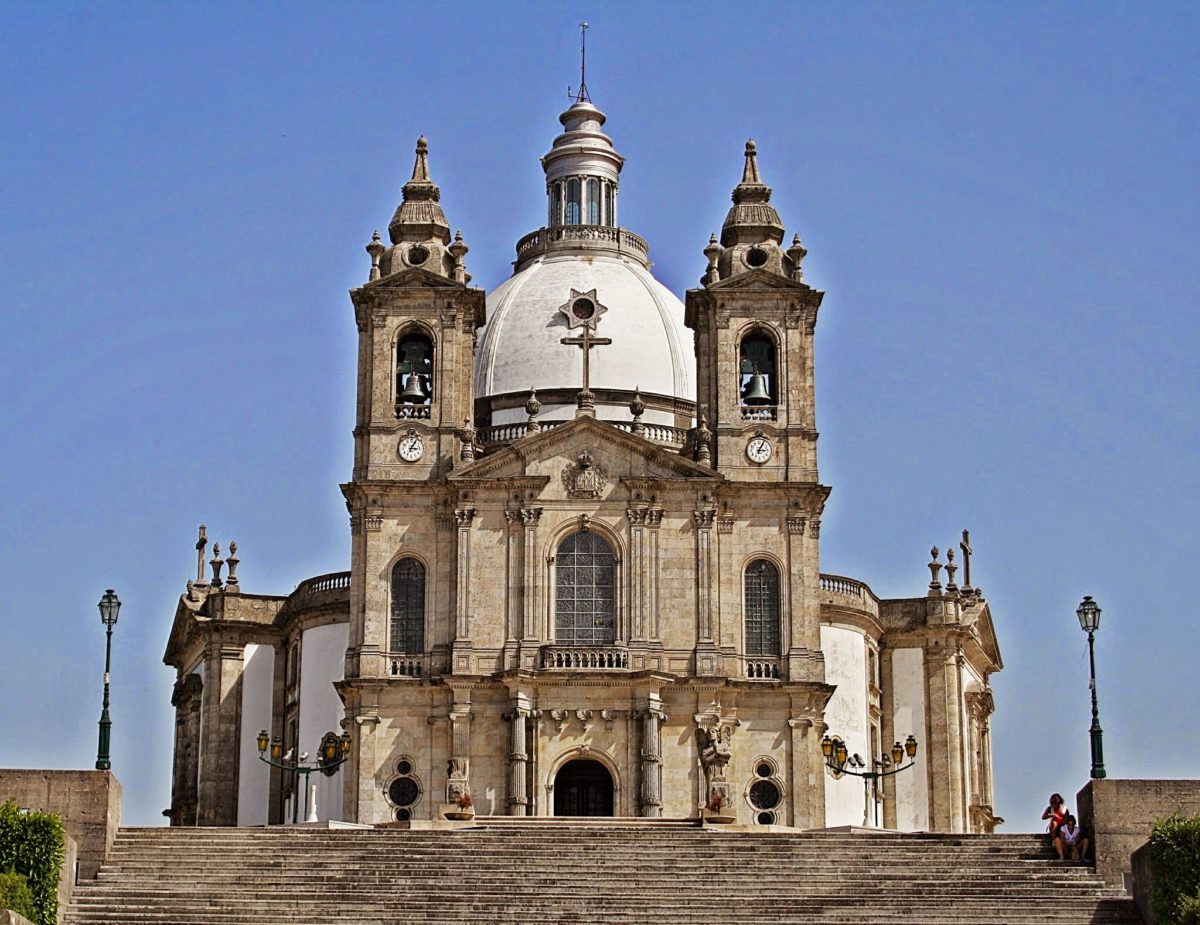
This neo-classical building was built in the 19th century on the wishes of Father Martinho da Silva. Artistically, there is little of interest beyond the silver tabernacle and a statue of its patron completed in Rome by sculptor Eugénio Maccagnani and installed in the sanctuary in 1880. However, the visit is made more than worthwhile for some of the best views out over the region provided by the vantagepoint of the Sanctuary of Nossa Senhora do Sameiro, perched some 566 meters above sea level.
3. Braga Cathedral
Braga’s extraordinary cathedral, the oldest in Portugal, was begun when the archdiocese was restored in 1070 and completed in the following century. It’s a rambling complex made up of differing styles, and architecture buffs could spend half a day happily distinguishing the Romanesque bones from Manueline musculature and baroque frippery. The original Romanesque style is the most interesting and survives in the cathedral’s overall shape, the southern entrance and the marvellous west portal, which is carved with scenes from the medieval legend of Reynard the Fox (now sheltered inside a Gothic porch).
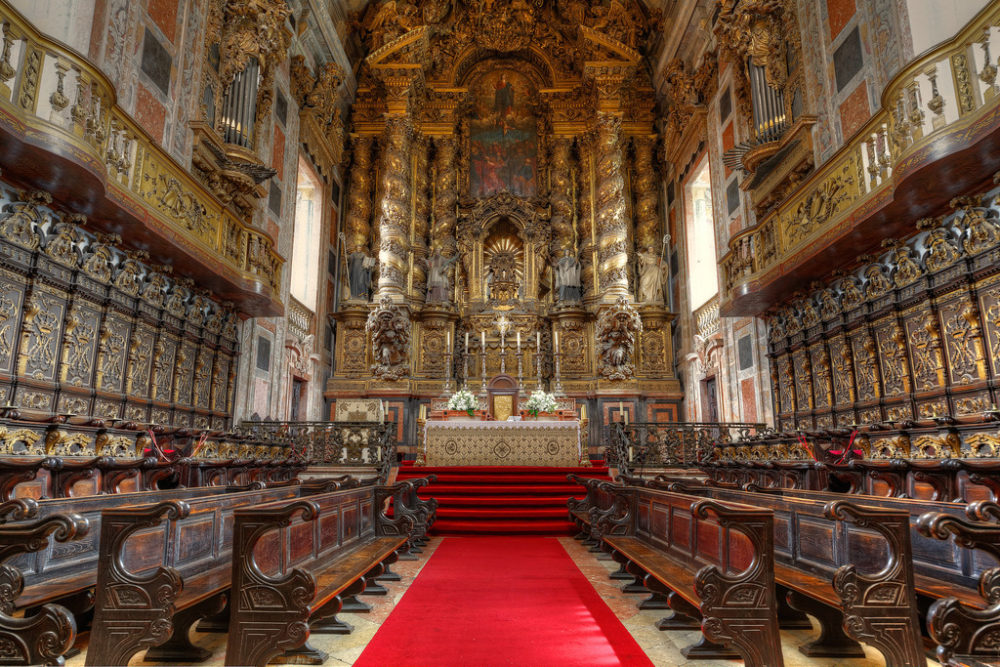
The most appealing external features are the filigree Manueline towers and roof – an early work by João de Castilho, who went on to build Lisbon’s Mosteiro dos Jerónimos. You can enter the cathedral through the west portal or via a courtyard and cloister that’s lined with Gothic chapels on the north side. The church itself features a fine Manueline carved altarpiece, a tall chapel with azulejos telling the story of Braga’s first bishop, and fantastic twin baroque organs (held up by formidable satyrs and mermen), which are played at mass every Sunday at 11.30am.
4. Garden of Santa Barbara
Thanks to its compact nature, Braga, Portugal, is the perfect city for exploring on foot. At every turn, the visitor will delight in its history, distinctive architecture and attractive landscaped gardens. The plethora of greenery dotted in and about the city makes it a particularly interesting location to visit in spring and early summer when the flowers and plants are in full bloom. The Santa Barbara Garden is a must-see attraction for any visitor to Portugal’s historic city of Braga. Located within easy reach of the main square, the cathedral, and other Braga attractions, one can easily find it next to the former palace of the Archbishop. Built in a fortress-like style, the palace began being erected in the 14th century, undergoing several extensions and renovations subsequently, most notably in the 17th century.
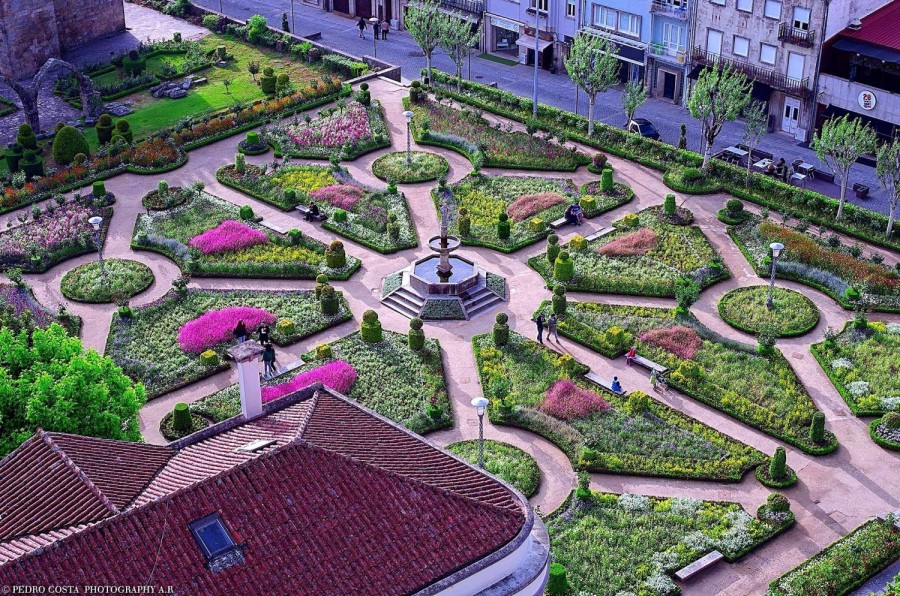
The palace has since been bought by the state and fully renovated, and is now the site of Braga’s municipal library. Whilst the library merits a visit in its own right, for anyone with an interest in horticulture, it is possibly the Santa Barbara Garden, which is located along the palace’s east wing, that is most likely to catch the eye. The Santa Barbara Garden is open to the public all year round and is the perfect place to escape from the hustle and bustle of the city crowds, to immerse yourself in the lush greenery of some of Portugal’s native floral species. It was originally established to enhance the exterior of the palace back in the 17th century and to this day it sets the ancient palace walls off to perfection, framing it in greenery and, on sunny days, the blue skies of the western Iberian Peninsula.
5. Biscainhos Palace
Located right in the heart of the historic city of Braga, Portugal, lies the Biscainhos Palace and Museum. This beautiful Baroque palace was built in the late 16th or early 17th century and further enhanced over the following hundred years and beyond, resulting in one of Portugal’s most attractive examples of period architecture. The dominant style is Baroque, famous for its ornate designs and intricate plasterwork, and the Palace and Museum dos Biscainhos is full of such details, along with a wide variety of paintings and other artworks from this period. The house was originally built as a manor house for Portuguese aristocracy and remained in the same family for some 300 years before being purchased by the state in 1963.
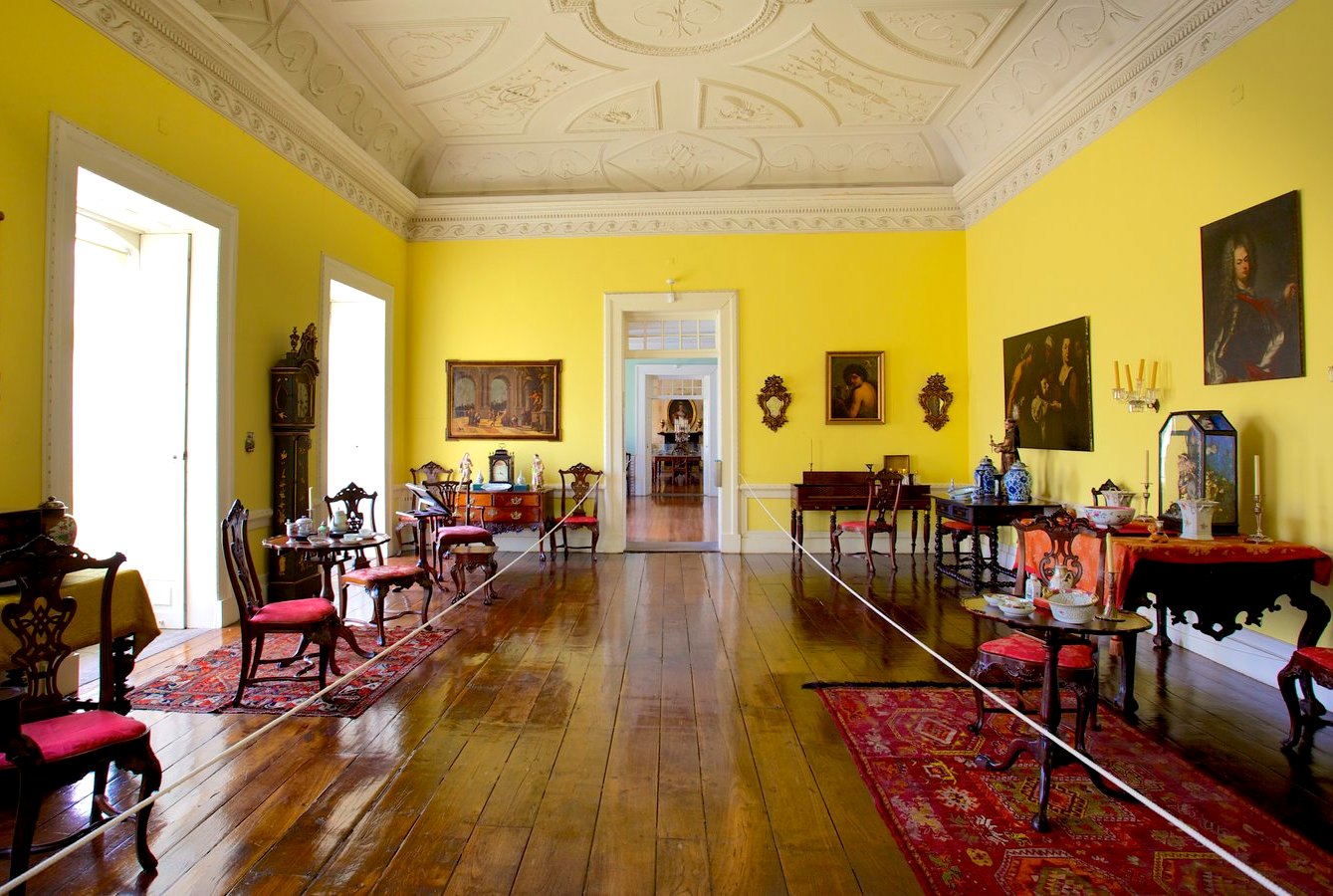
The buildings were reopened to the public as the Biscainhos Palace and Museum in 1978 following a period of reorganisation and renovation, and have proved a popular sightseeing destination for visitors to Braga and the outlying areas ever since. The Palace provides a unique insight into the life of Portugal’s nobility during the period of its private ownership. Exhibits include furniture from across the country and further afield in Europe and the colonies, as well as porcelain, carpets from Arraiolos, pottery, glassware and silverware from throughout Portugal, and clocks, watches and textiles.
6. Raio Palace
The Raio Palace was built between 1752 and 1755, was restored in 2015 and is now a complete Interpretive Center that, along ten rooms, shows the Santa Casa da Misericórdia de Braga’s (Holy House of Mercy) collection – over 500 years of history in a single building that had many uses over the years. Among other pieces, there are paintings, sculptures, clothing, documents and sacred art. At the entrance, on the right, there’s a room dedicated to the objects used in the hospital that used to function at the Raio Palace until it was returned to the Santa Casa in 2012. On the left, in the room where we recommend you start your visit, you’ll discover more about the city’s other tourist spots.
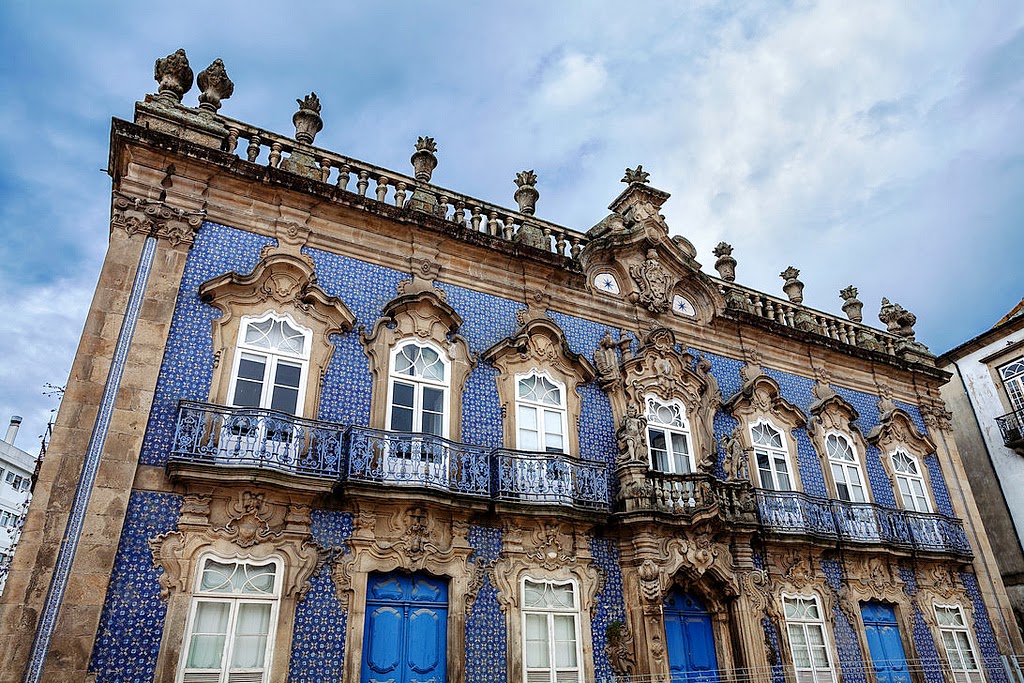
When we climb the central staircase, imposing and surrounded by traditional blue and white Portuguese tiles, we’ll find the Mexican – the Raio Palace is also known as the “Mexican’s House” – and when we enter the circuit that brings together the entire rich and well organized collection, dedicated to the Church, Sacred Art, the benefactors of Braga’s Holy House of Mercy and one of the city’s most famous processions – Ecce Huomo – we realize that this Palace, with its constant ode to baroque and rococo, is a fascinating place. While visiting the Raio Palace’s different rooms, don’t forget to look up and observe the ceilings. You’ll be amazed at the colorful and detailed drawings that perfectly match the palace’s architecture and all the pieces that are presented to us here.
7. Chapel of Saint Frutuoso
The Monastery of São Salvador is believed to have been founded by the bishop of Braga São Frutuoso, around 560, so as to house his mausoleum. Around the 9th or 10th century, the current chapel was built. This is one of the few surviving examples of the pre-Romanic architectural style in Portugal. The style is exemplified by the chapel´s layout in the shape of a Greek cross (with equally shaped arms), by the interior´s rounded apses and decoration (arcades composed out of three horseshoe shaped arches, twinned double arch openings, Corinthian capitals and the exterior frieze).
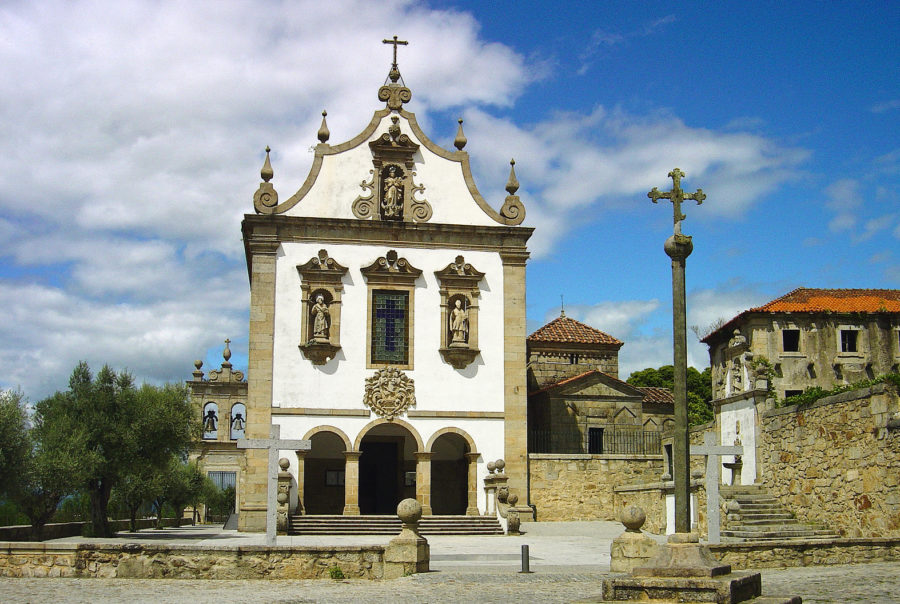
In 1523, archbishop of Braga Diogo de Sousa ordered the building of a monastery for the Franciscan Order of Capuchins right by the chapel. When, in 1728, the Monks needed a new convent church, the chapel was taken over with its northern façade destroyed. Late in the 19th century, the chapel was restored to its original structure. Other restoration work was carried out in the 20th century respecting the original as far as is feasible. Inside the chapel, there is what is believed to be the tomb of Saint Frutuoso. The saint became particularly popular after the Christian Reconquest (12th century) around the time his relics were taken to Santiago de Compostela. Hence, this monument is also known as the Chapel of Saint Frutuoso.
8. Monastery of São Martinho de Tibães
The Monastery of St Martin of Tibaes, or Tibaes Monastery, is located in Mire de Tibaes, just some 6km northwest of the historic city of Braga. It is a popular destination for day trippers staying in the city as well as for those travelling around and exploring the local area. The Tibaes Monastery was the original home of the Benedictine order in Portugal and Brazil, officially taking this position in 1567. The first building was erected as long ago as the turn of the 10th/11th century (it was initially founded in 1060) and was reformed several times before achieving its heyday during the times of the Reformation. Given the Tibaes Monastery’s importance as the head of the Benedictine order, it is perhaps no surprise that it should have exercised such influence not only over religion in Portugal, but also over Portugal’s cultural, architectural and artistic movements. It blazed a trail for some of the most exciting Baroque and Rococo art movements in the late 18th century and is well worth a visit for anyone with more than a passing interest in architecture or the arts.
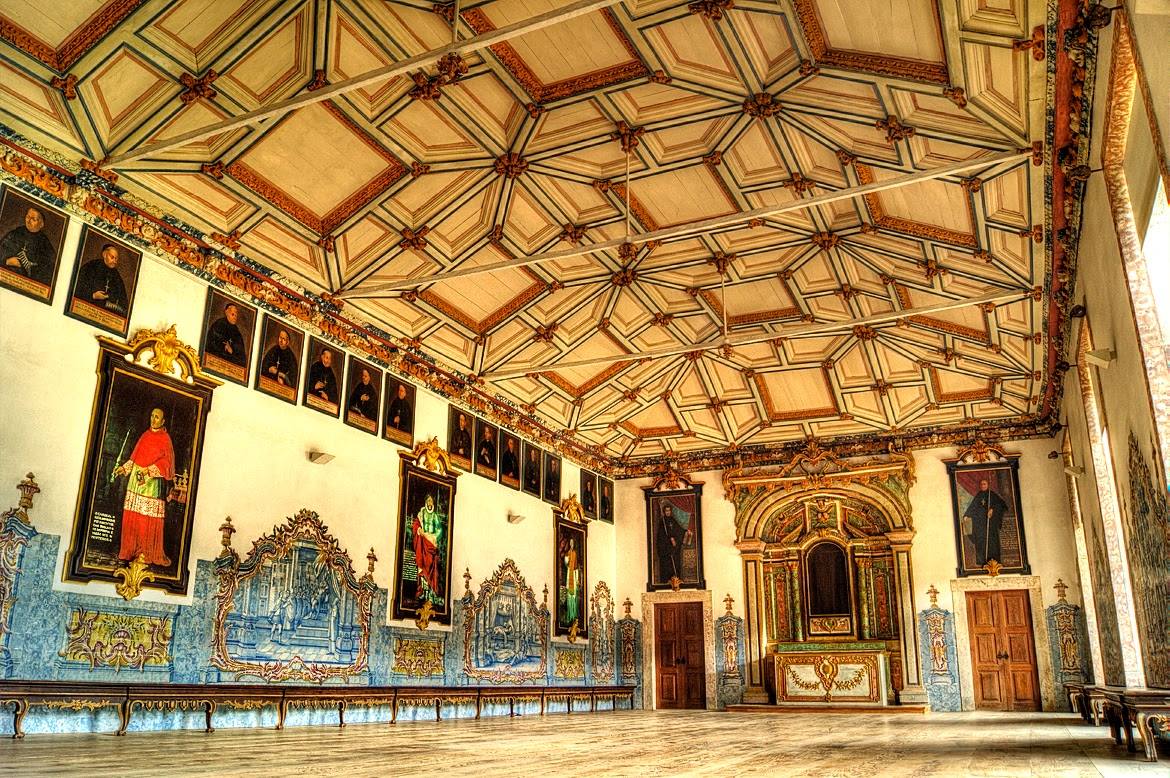
One of the most important sights is the altarpiece and woodwork of the triumphal arch in the main chapel, along with the pulpits and lateral altarpieces, all of which were designed by the renowned architect Andre Soares and are leading pieces of their kind within Portugal’s legacy of Rococo art. Other elements of interest are the gilded woodwork, which was the work of the famous Jose de Santo Antonio Vilaça, and a number of statues by the leading sculptor Cipriano da Cruz.
9. Braga Municipal Stadium
Designed by Portuguese architect Edoardo Souto de Moura, Braga Municipal Stadium has one thing that makes it different from all the others: it is one with the landscape around it, as it stands on the site of a former quarry (the Dume granite quarry) on the slopes of Mt. Castro. This is the first architecturally significant project to be built in a former quarry area in a part of the country abounding in granite.
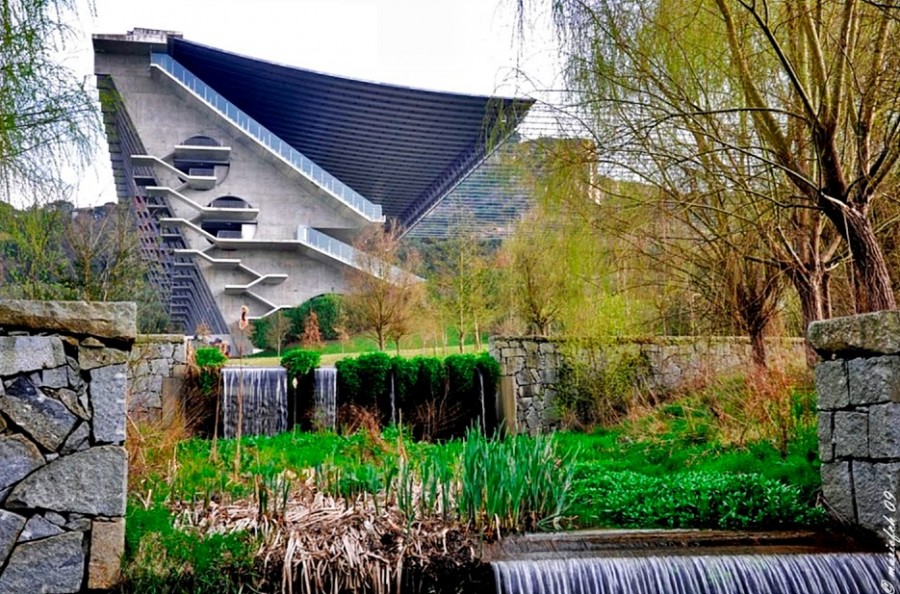
The image is like that of an ancient sculpture, and in fact the architect seems to have been inspired by ancient Inca rope bridges in Peru. The stadium is most evocative when lit up at night, when its three-dimensional qualities are emphasised. The architect’s and the clients’ goal was to create a landmark in the built landscape of the region with a work that would attract people not only to see the sports events it hosts but to see the stadium itself, with its unusual construction and geometry. And in fact a series of openings and particular solutions in the stands permit spectacular views of the construction and of the surrounding landscape. In this stadium, spectators also enjoy great views of the field, as all the seats are concentrated in the two steep stands along the long sides of the lot.
10. Pio XII Museum
The Pio XII Museum was founded in 1957 by Canon Luciano Afonso dos Santos, a curious man that having dedicated himself to excavations during many years, wound up collecting archaeological material that he kept in the Santiago Domus. The Pio XII Museum was inaugurated on December 5th, 2002. Focused on archeology and sacred art, while telling the story of mankind since there are records, it’s organized chronologically by several eras. In fact, the museum is actually divided into three sections – the Pio XII Museum (permanent and temporary exhibitions), the Henry Medina Gallery (a practically independent gallery that brings together the work of the famous portraitist from Esposende after which it is named); and the Medieval Tower (which, having been built in 1372, belonged to the city’s medieval center and, thanks to its 40 meter height, it gives us a panoramic view of the city whose story is told along the Tower’s five floors) – which can be visited individually or as a whole (the entrance fee is more affordable when you include all three spaces).
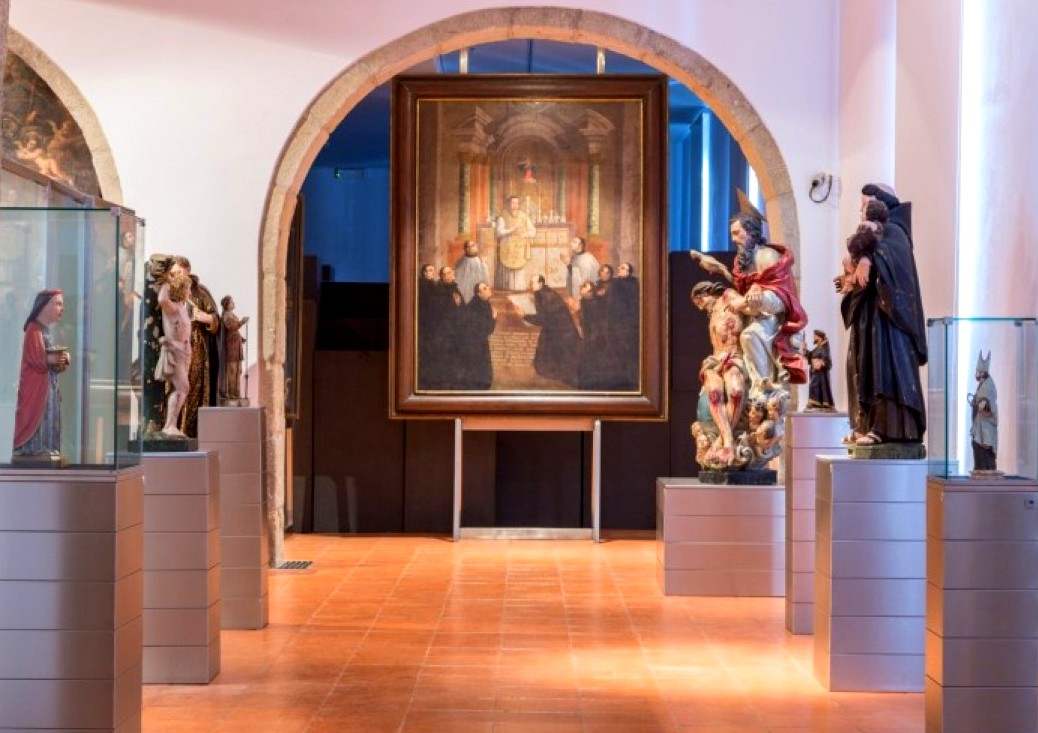
Featured at the Pio XII Museum is a mosaic with perfectly preserved marine motifs (taken from the Santiago Domus lake, located next to the museum), the largest collection of hatchets in the Iberian Peninsula and the Roman Dolium. The guided tour of the Pio XII Museum requires reservation, is adapted to the public and lasts about 30 minutes.
11. Braga Cathedral’s Treasure Museum
The Treasure-Museum of the Cathedral of Braga (Tesouro Museu da Sé Catedral) is located, since its foundation, in 1930, in the old House of Cabido (Casa do Cabido). Reopened to the public on the 30th March 2007, after the finishing of the requalifying and enlargement of the building works and the renovation of its permanent exposition. This renovation was probably one of the most radical operations that the Treasure-Museum suffered in all its history. The permanent exposition “Roots of Eternity. Jesus Christ – A Church”, dedicated to the sacred art, allows, through different groups, revisit the life of Jesus Christ and the History of the Church in Braga. This is told taking some archbishops as reference, since the V until the XX centuries.
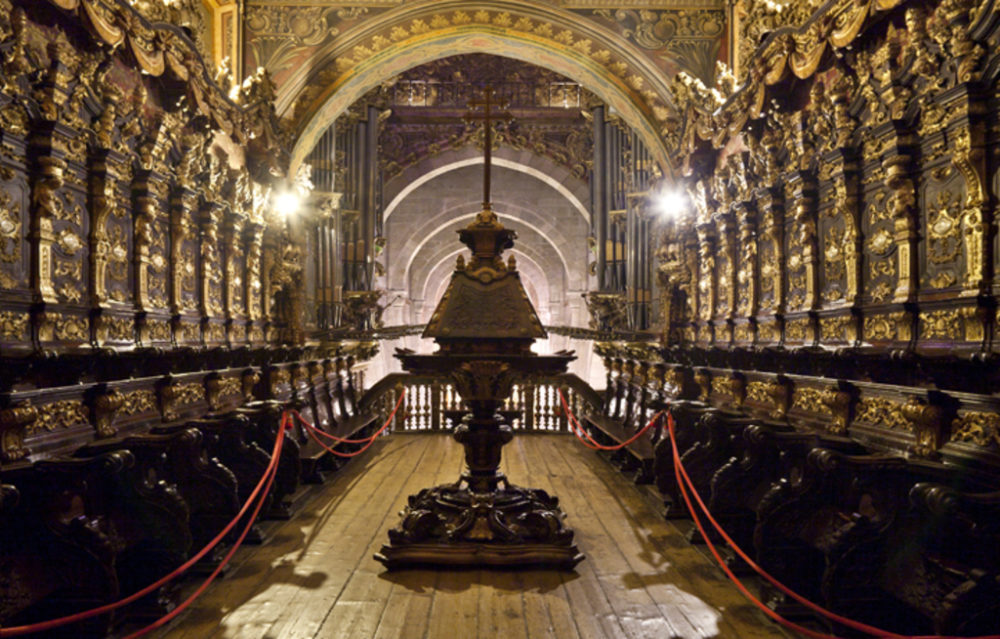
This lesson on Art History is complemented by the visit to the jewelry and vestments rooms. The Treasure-Museum is the home of notable treasures. It has some of the most significant pieces to tell the History of the country, even before we were a nation. Some of its emblematic pieces are the Paleo-Christian grave (V-VI centuries), the Ivory Safe (1004-1008), or the Goblet (Cálice) and Paten of S. Geraldo (Patena de S. Geraldo) (XI century). But also others are identified whith the best that is preserved in its collections, like the sculpture of the Virgin of Leite (1515), the Portable Organ (1685) or the Miter and Gloves of the Archbishop D. Gonçalo Pereira (1326-1348). The last is considered unique in the religious vestments context in Portugal. Some pieces are real discoveries, like the liturgies shoes of the archbishop D. Rodrigo de Moura Teles (1704-1728), or the asterisk, very original piece, with a very practical function: not allowing the host to fly.
12. Alto da Cividade Roman Thermae
In the hill of Alto da Cividade, in the interior of a wide protected archaeological area, are located the only Public Roman Thermal Baths, known in Braga, classified as Nacional Monument since 1986. The Braga Municipal Council with financial support from the Ministry of Culture and together with the Unit of Archaeology of the University of Minho and the Museum of D. Diogo Sousa (Museu D. Diogo de Sousa), proceeded to museualization of archaeological remains and the requalification of the surrounding area, which opened to the public in November 2004.
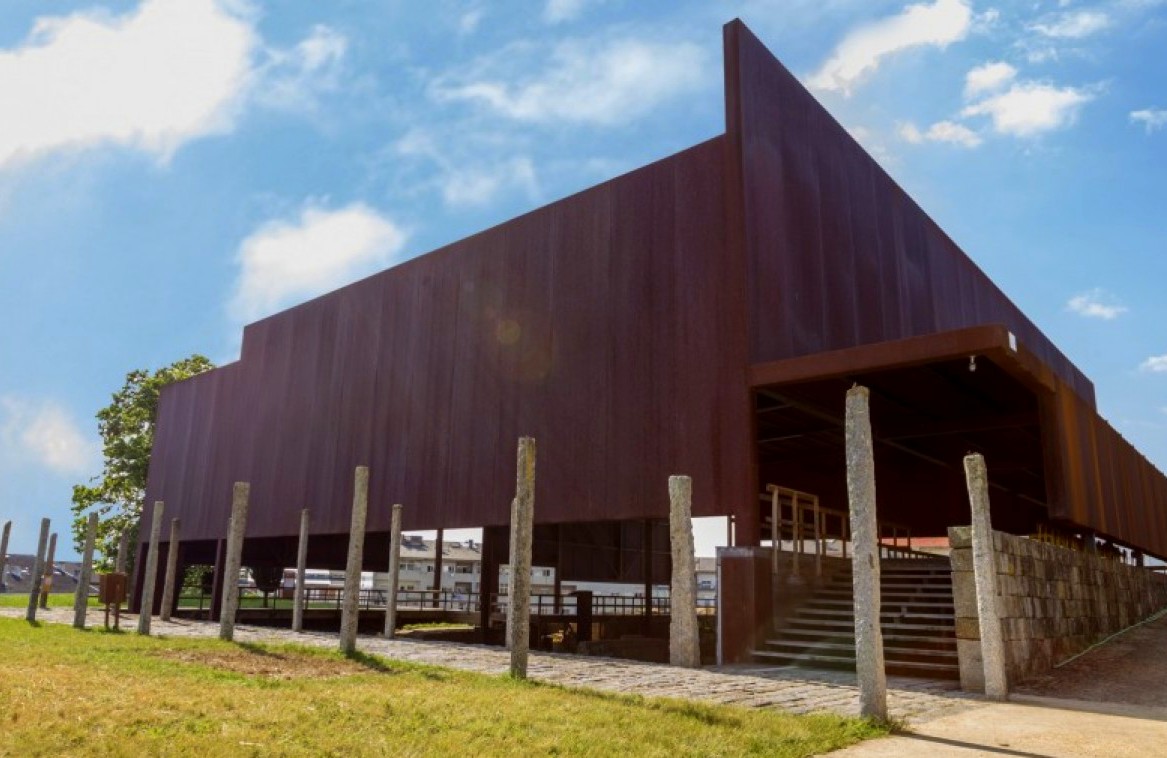
In the sequence of finding the first traces, in 1977, a set of archaeological works began, developed by the Unit of Archaeology of the University of Minho, and pointing the II century as the probable time of the construction of the thermal Baths. In 1999, when they were setting the limits of the Thermal Palaestra, an attached theater was found, a monument of great asset value. Space has access to for people with disabilities and conditions for the blind to visit.
13. Theatro Circo
Open since 1915 and after undergoing some renovation in the meantime, Theatro Circo is an architectural icon and the pride of Braga’s inhabitants. Its main mission is to serve the city and the local community, while presenting itself as a cultural space that aggregates different styles and personalities. For over 100 years, Theatro Circo has brought together various types of art, including circus arts, and today, after being renovated in 2006, it’s the stage of the most diverse shows, educational programs, workshops, movie sessions, conferences, exhibitions, festivals and celebrations. As a public body, and although autonomous, it works in conjunction with City Hall and GNRation, in order to provide a diverse, interesting, pedagogical, critical and innovative agenda, without ever forgetting the values that it faithfully expresses in every moment of its program.
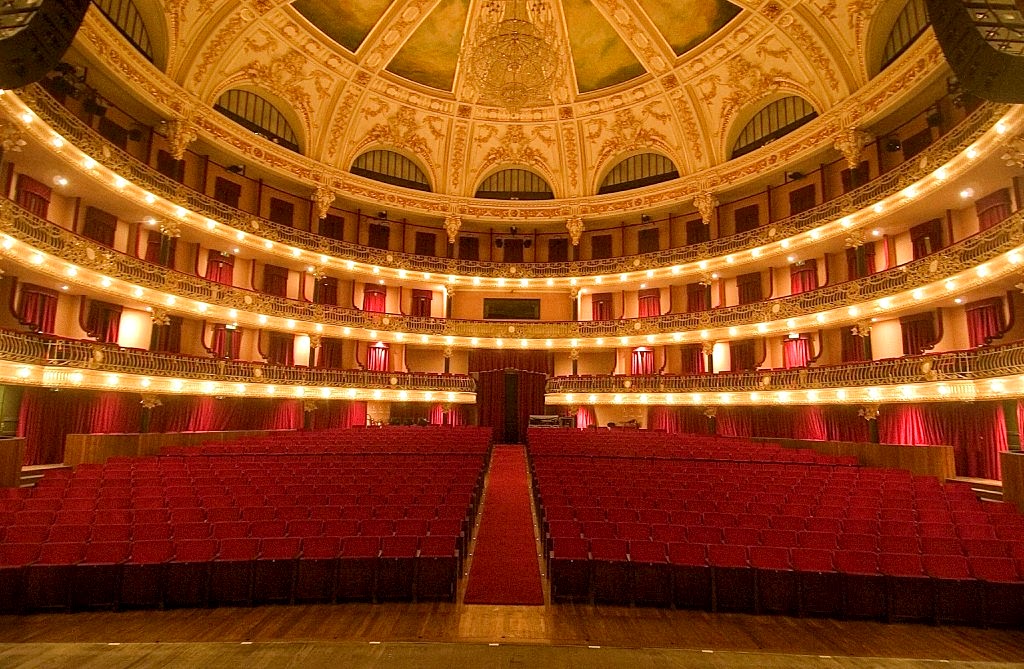
Open for tours on specific days, Theatro Circo deserves to be appreciated not only during evening shows, but also during the day. Accompanied by a guide who will tell stories about the theatre, visitors can discover all the spaces and rooms that comprise it – stage, backstage, dressing rooms, main room, main hall… – understand the way it operates and attentively observe the decorative elements that give it a different charm when compared to common concert halls. Theatro Circo stands out because of the diversity of its agenda and the quality of its presentation. The value of the art of hospitality, of the Theatro’s identity, the respect for the theatre itself… All this makes Theatro Circo what it was, what it is and what it will be in the future. And it’s no coincidence that this extremely valuable and old theater has received more and more artists and spectators. If you’re in Braga, take the opportunity to visit this century-old theatre!
14. Tree of Life Chapel
A sacred chapel, albeit its exclusive location, it must be visited for its originality and because of the fact that it has already won many architecture awards. Inside the St. Peter and St. Paul Conciliar Seminary in Braga, is the Tree of Life Chapel – winner of the ArchDaily 2011 award for religious building with the best architecture. This is a place that is worth visiting, not only for its architectural aspect, but also for its mystical one. It was designed by Cerejeira Fontes Architects, with the collaboration of the sculptor Asbjörn Andresen. The few, but very important chapel props, were the responsibility of the painter Ilda David, as well as some artisans from Barcelos. The chapel arose from the need for a space where the seminarians could practice the Eucharist.

During six years, the seminarians, together with Father Joaquim Félix, a Professor at Braga’s Theology College, did research and studied the best way to project the word of God onto the chapel’s design. After all the information was gathered and after a few visits to some good examples of religious architecture, the information and mission was handed over to the Cerejeira Fontes Architects who interpreted it for a year, building the concept that would give life to the chapel: a forest. As a whole it seeks to represent, in an extremely simple way, the liturgy. Its simplicity, which hides the complexity of the liturgy, is the great highlight. Constructed entirely of wood, it required about 20 tons of wood for completion. Nothing was nailed and there are no hinges, everything was pieced together. The wooden beams were fitted so as to create a play of light and shadows that is especially stunning at dusk. The chapel has a sublime meaning that can only be fully understood once visited. As this is a private space, visits only occur on Fridays from 5 to 6 pm. Why not finish up the week with a lovely surprise?
15. Nogueira da Silva Museum
The Museum Nogueira da Silva (Museu Nogueira Silva) owes its creation to the legacy, made in September 1975, in favor of the University of Minho by Sir António Augusto Nogueira da Silva. Original from a Braga family, he developed a philanthropic activity that took the state and the church to distinguish him with several honorific orders.
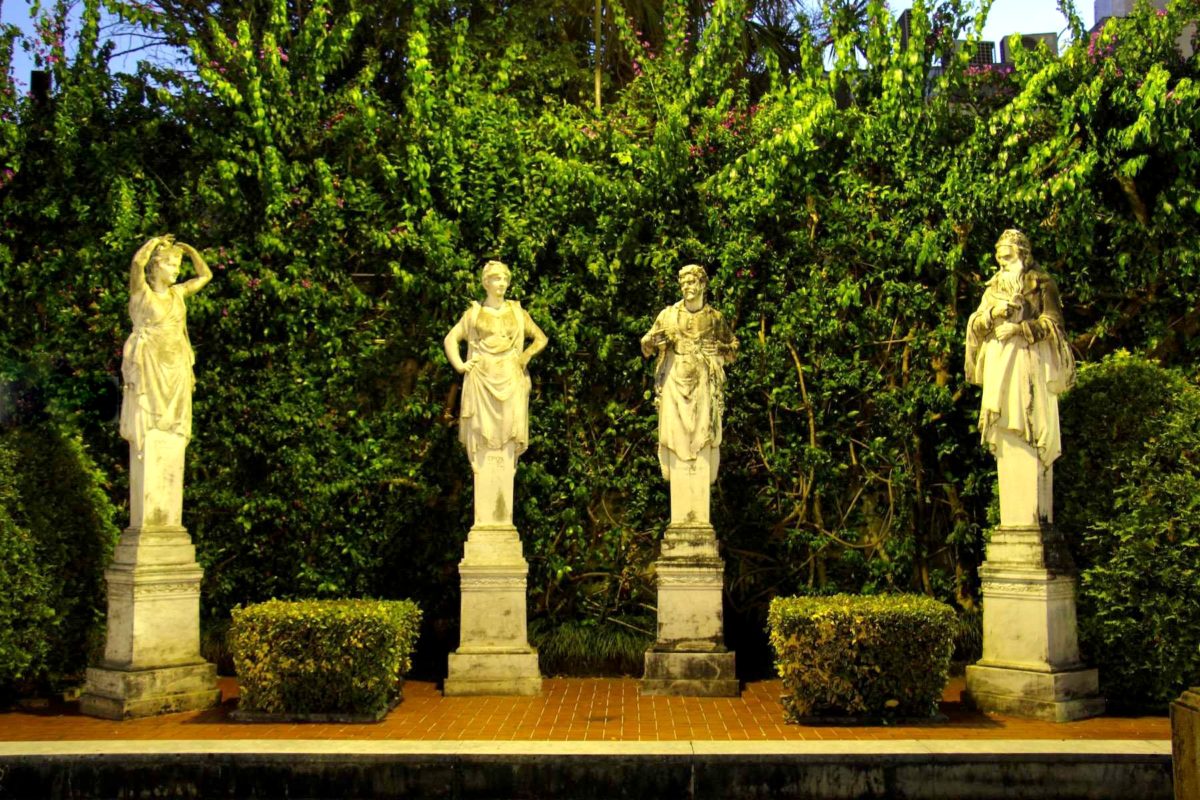
The size of the building designed by the architect Rodrigues Lima, the garden and its location in the center of the city, made available spaces for cultural activities complementary to the Museum of the University Gallery, where temporary art expositions are performed; auditoriums for conferences and concerts; the picture library where are preserved several photographic archives and the educational services with several activity programs to the schools. The permanent exposition includes an important porcelain collection, pieces of furniture, paintings, silver, ivory and some tapestries and tiles.
